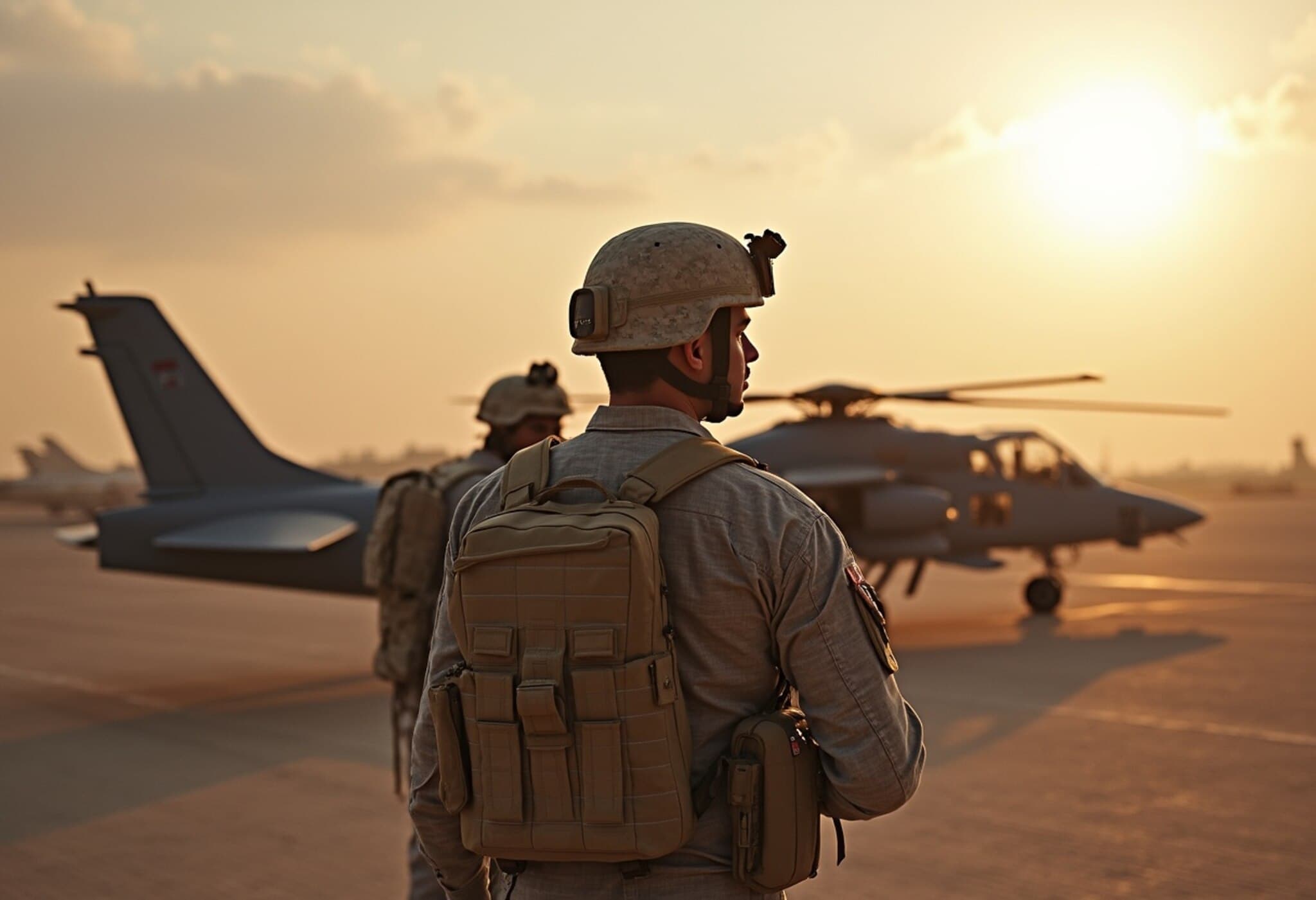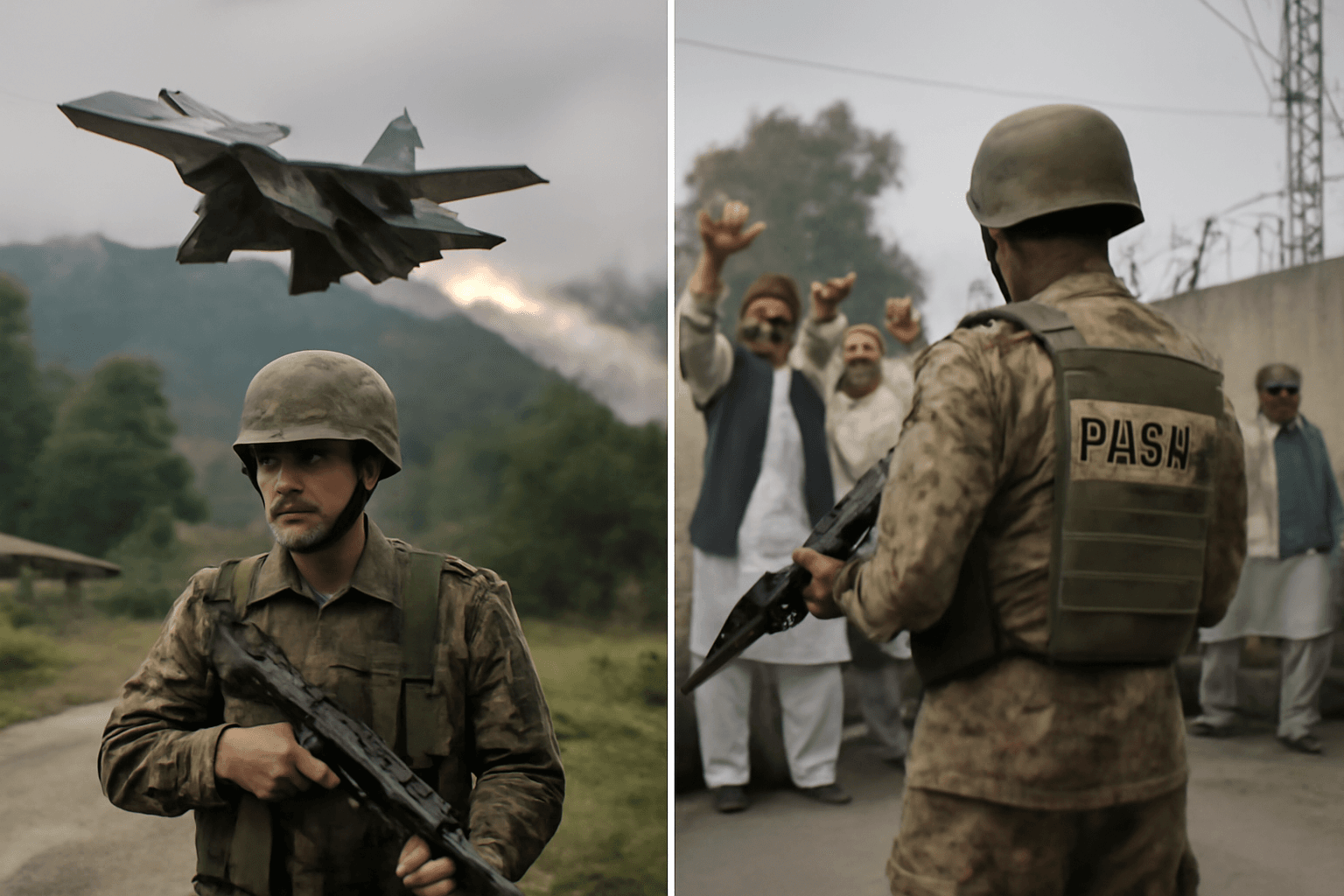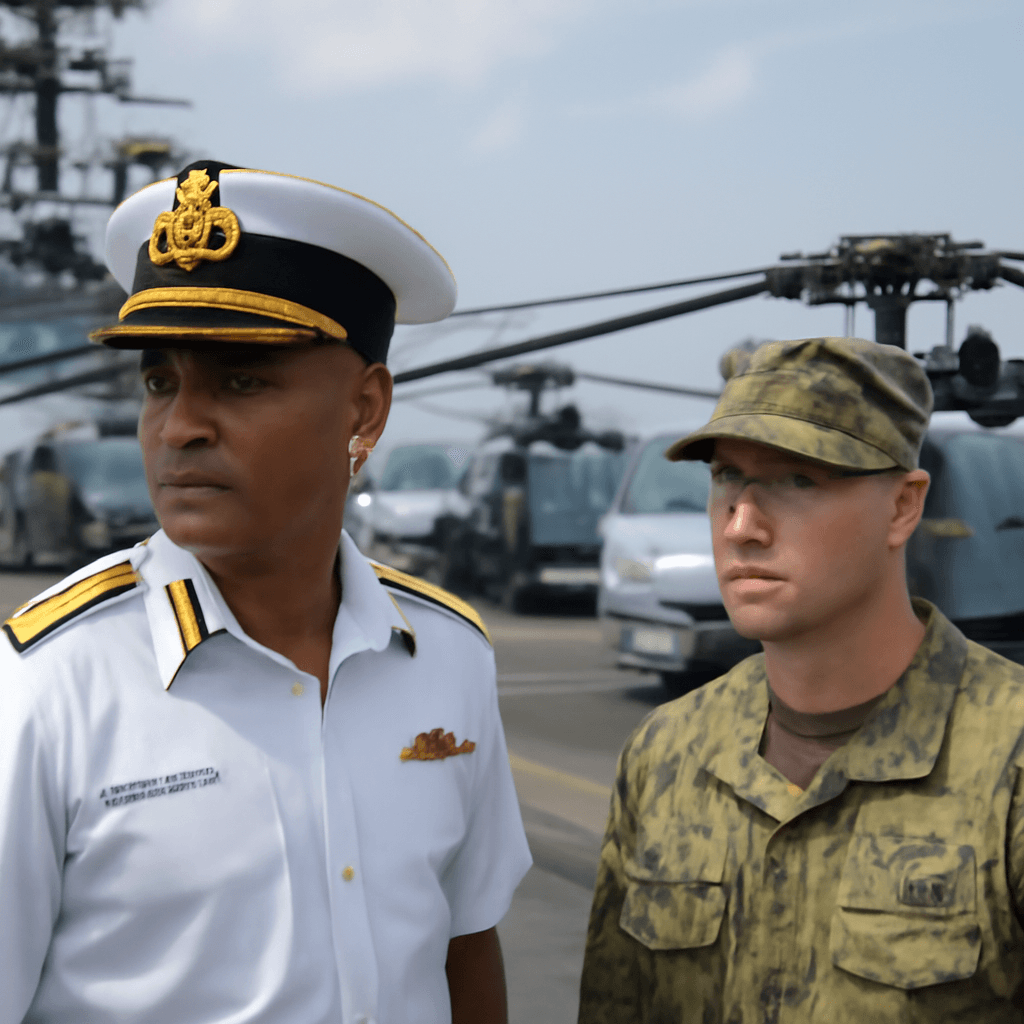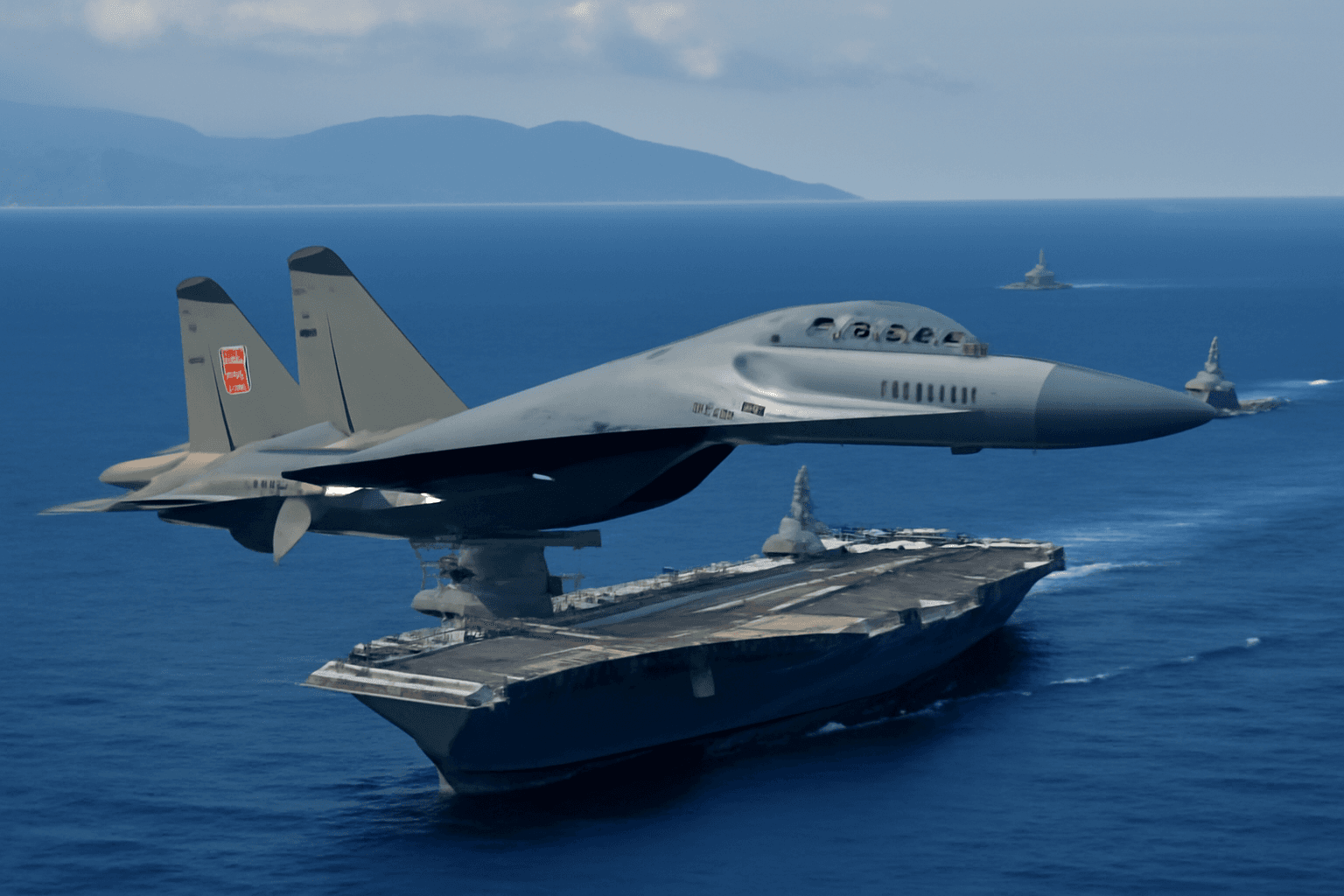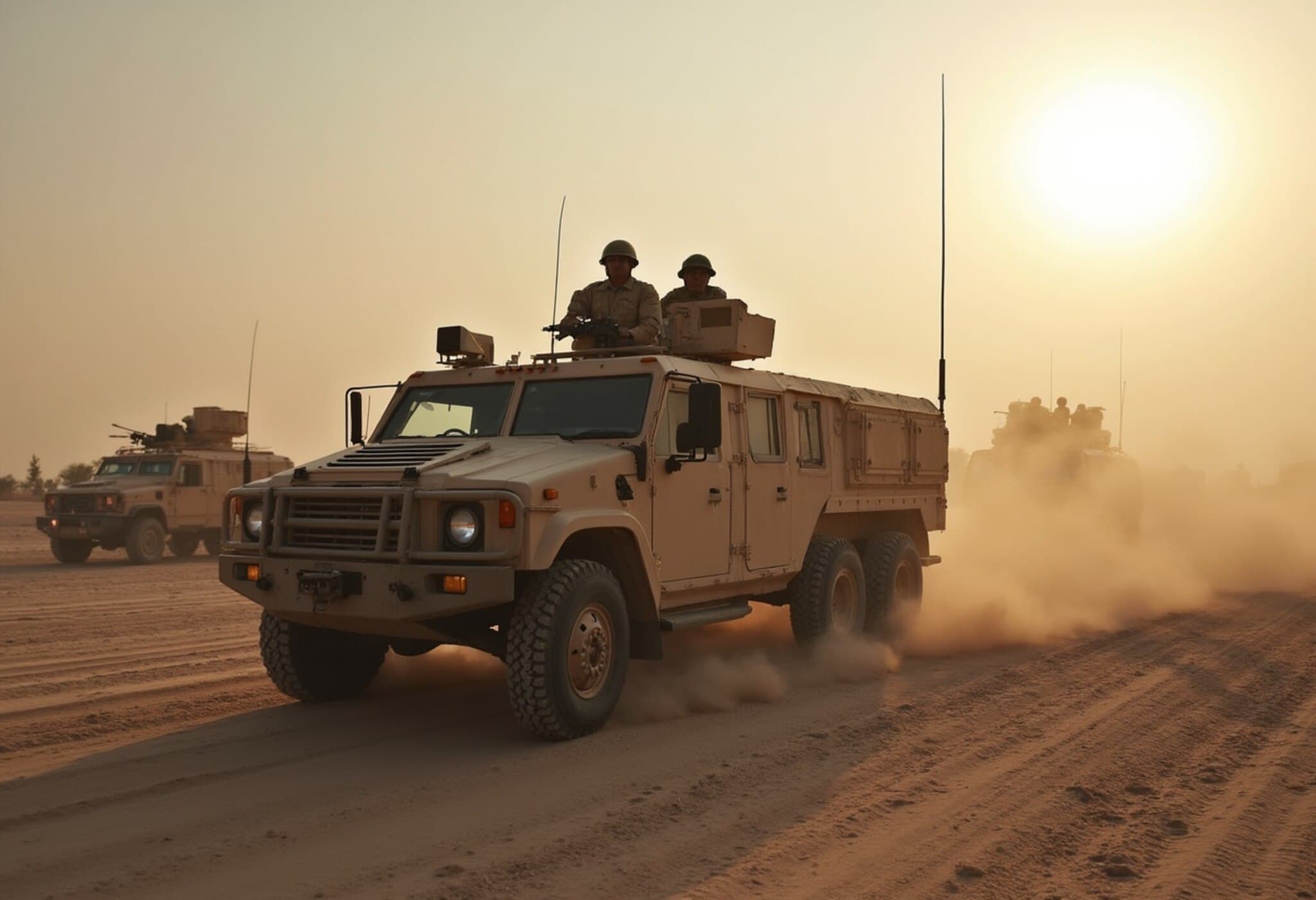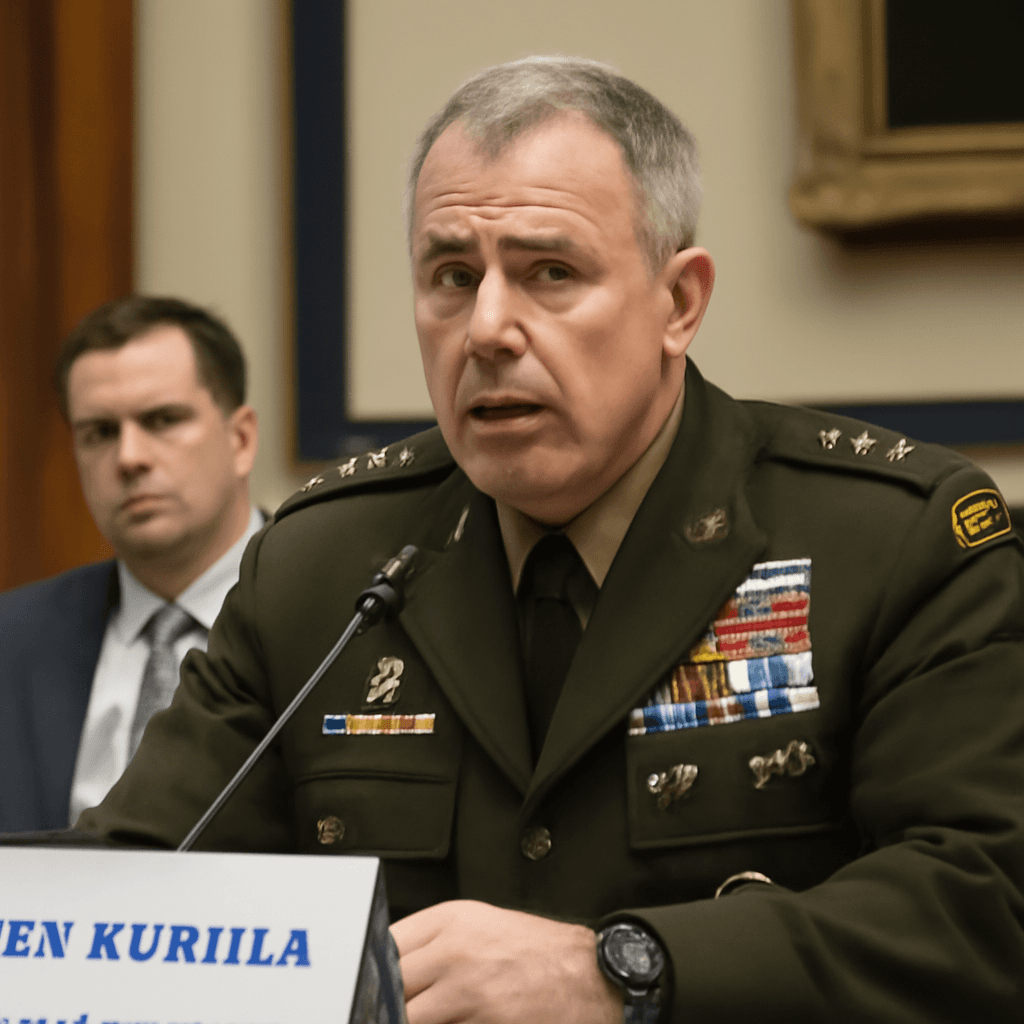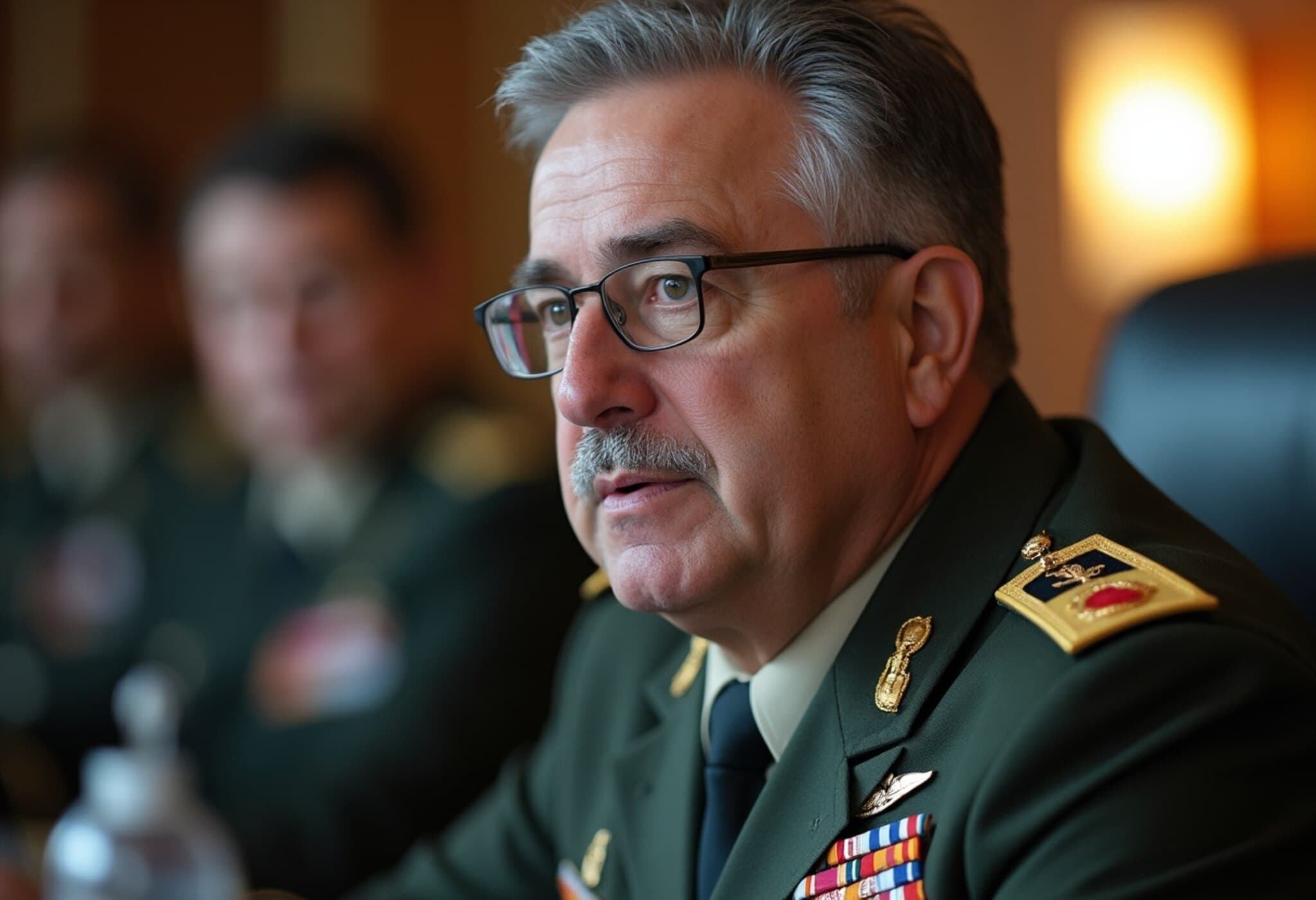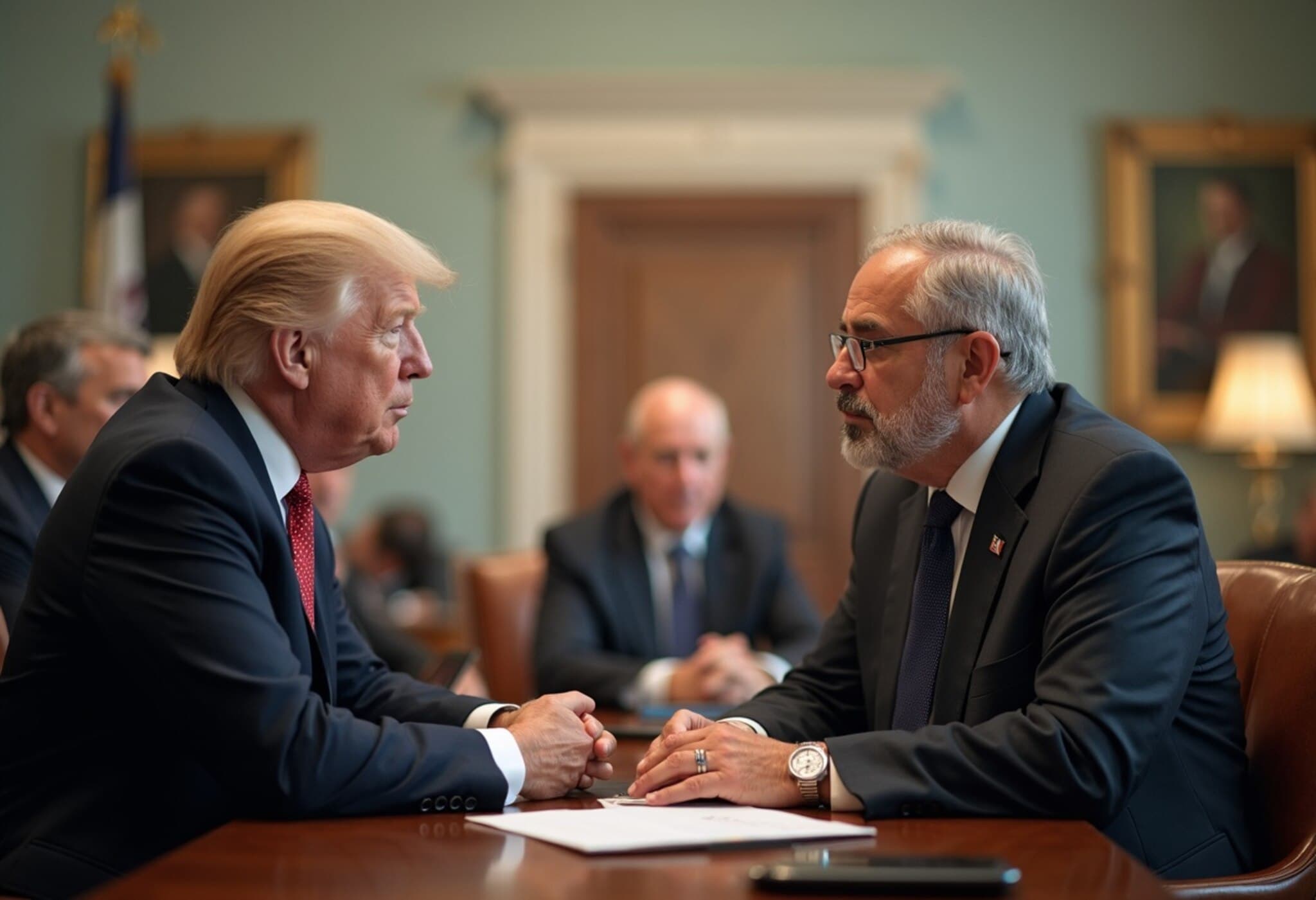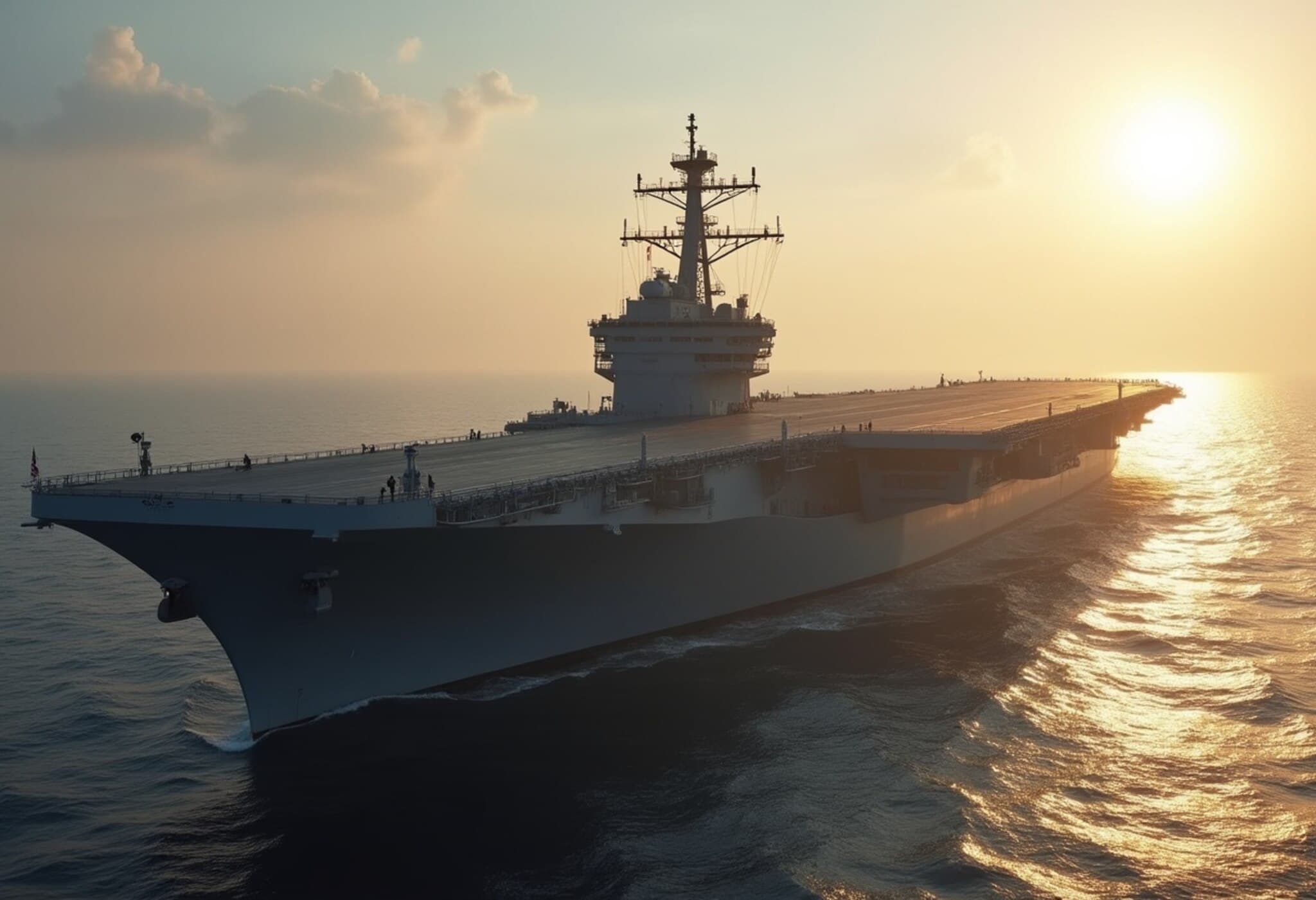US Military Presence in the Middle East Faces Growing Threats
As tensions escalate between the United States and Iran, the spotlight turns to major US military bases scattered across the Middle East. Following US strikes on Iranian nuclear sites in Fordow, Natanz, and Isfahan, Tehran has threatened a harsh response, putting American forces and assets in the region on high alert.
Iran’s Warning and Possible Retaliation
Iranian authorities have issued a stark warning, declaring that every American military personnel and citizen in West Asia is potentially targeted. Prominent Iranian figures have called for immediate retaliation, including missile strikes on the US naval fleet stationed in Bahrain and closing off the strategic Strait of Hormuz to Western naval vessels.
The Strategic Context
With over 40,000 US troops deployed across Middle Eastern countries such as Qatar, Bahrain, Iraq, Syria, Kuwait, and the United Arab Emirates (UAE), the Pentagon braces for near-certain Iranian countermeasures. These forces operate under the US Central Command (CENTCOM), overseeing a vast network of bases and naval installations critical to American regional interests.
Mapping the Key US Bases
Bahrain: The Naval Hub of the Persian Gulf
Bahrain hosts the headquarters of the US Navy’s Fifth Fleet and Naval Forces Central Command, cementing its role as a cornerstone of US maritime power in the Persian Gulf. This small kingdom’s deep-water port accommodates some of the Navy’s largest ships, including aircraft carriers. The base also supports four anti-mine vessels, two logistical support ships, and US Coast Guard cutters, maintaining vital naval operations since 1948.
Qatar: The Air and Special Operations Stronghold
Home to Al Udeid Air Base, the largest US military base in the region, Qatar hosts critical forward components of CENTCOM, including air and special operations forces. The base supports the rotating deployment of combat aircraft and houses the 379th Air Expeditionary Wing, a vital linchpin of American air power in the Middle East.
Iraq: A Complex Theater of Operations
The US maintains several strategic sites in Iraq, notably the Al Asad Air Base and Al Harir Air Base near Erbil. Baghdad remains a complex ally for Washington, but tensions persist given Iran’s regional influence. Iraq is home to approximately 2,500 US troops engaged in the fight against the Islamic State. These bases have previously been targeted by Iranian missile attacks and proxy drone strikes, underscoring Iraq’s volatile security environment.
Syria: A Persistent Outpost in a Conflict Zone
American forces operate at various installations in Syria, with the Al Tanf Garrison positioned strategically near Iraq and Jordan. This base supports ongoing efforts against the Islamic State amidst the country’s protracted civil conflict.
Kuwait: The Logistics and Command Center
Kuwait hosts several key US installations. Ali al-Salem Air Base serves as a primary airlift hub, enabling rapid deployment to coalition operations. Camp Arifjan functions as CENTCOM’s forward headquarters for Army operations in the region, also storing crucial military equipment and supplies.
United Arab Emirates: Advanced Air Operations
Al Dhafra Air Base in the UAE plays a critical role, housing the Air Force’s 380th Air Expeditionary Wing. It operates cutting-edge F-22 Raptor fighter jets alongside surveillance aircraft and MQ-9 Reaper drones. Additionally, it hosts the Gulf Air Warfare Centre tasked with air and missile defense training.
What Lies Ahead?
As Iran contemplates its next move, these bases represent possible flashpoints in an increasingly volatile region. The US military’s robust footprint remains both a deterrent and a potential target as geopolitical tensions escalate around Gulf security and nuclear proliferation.

